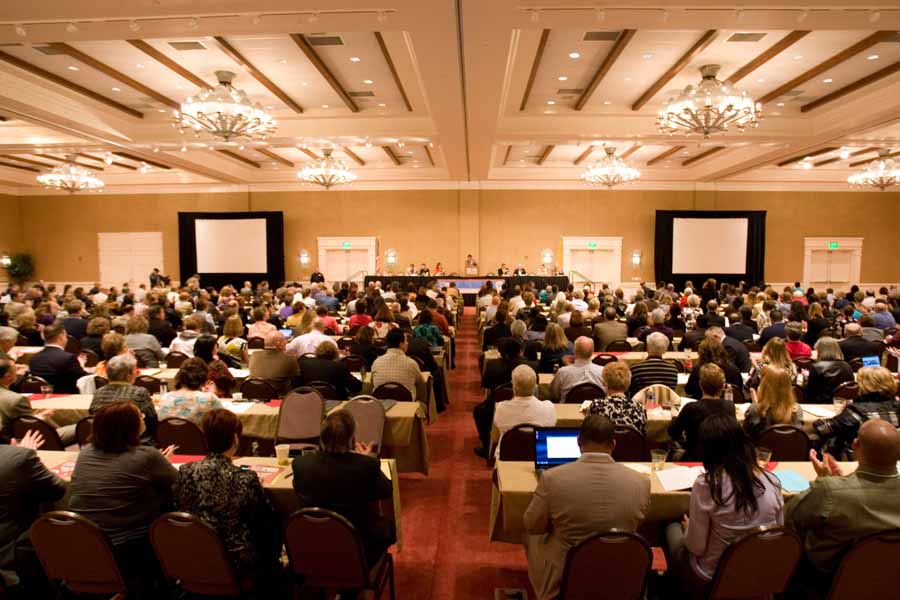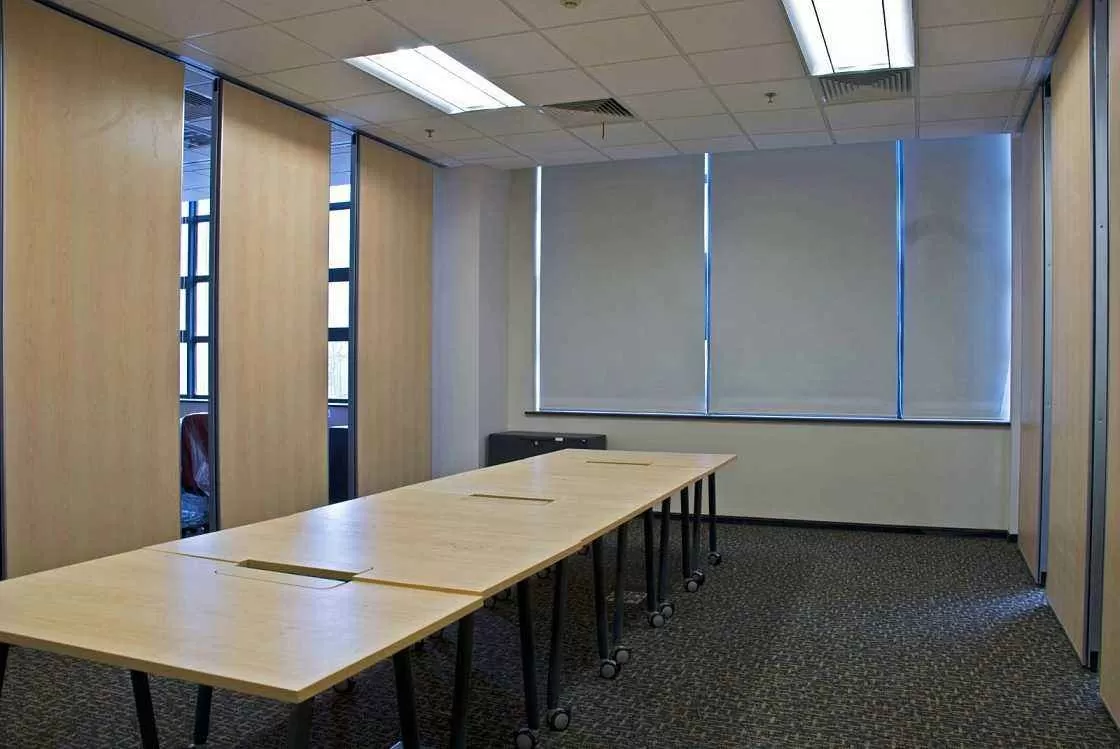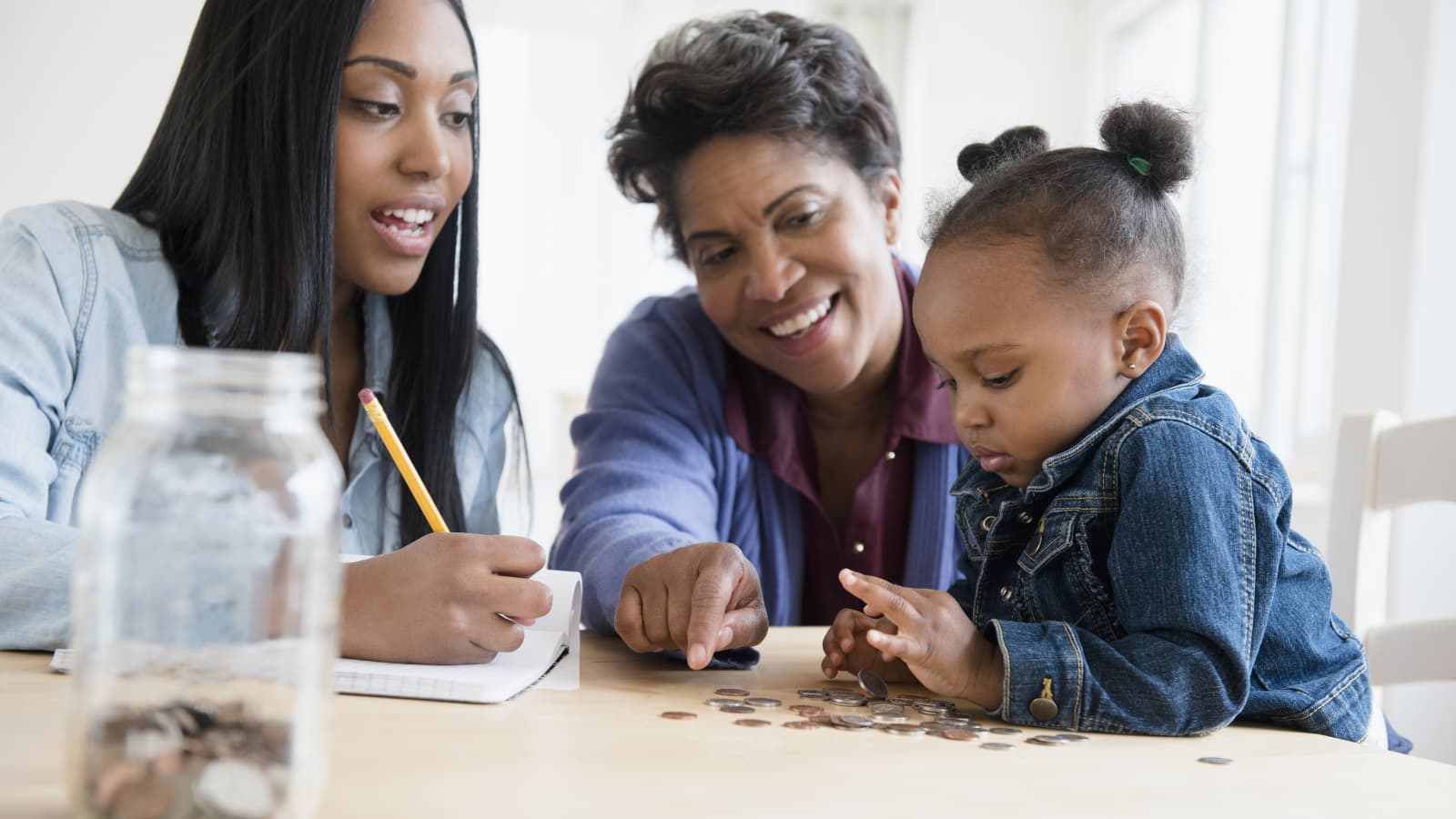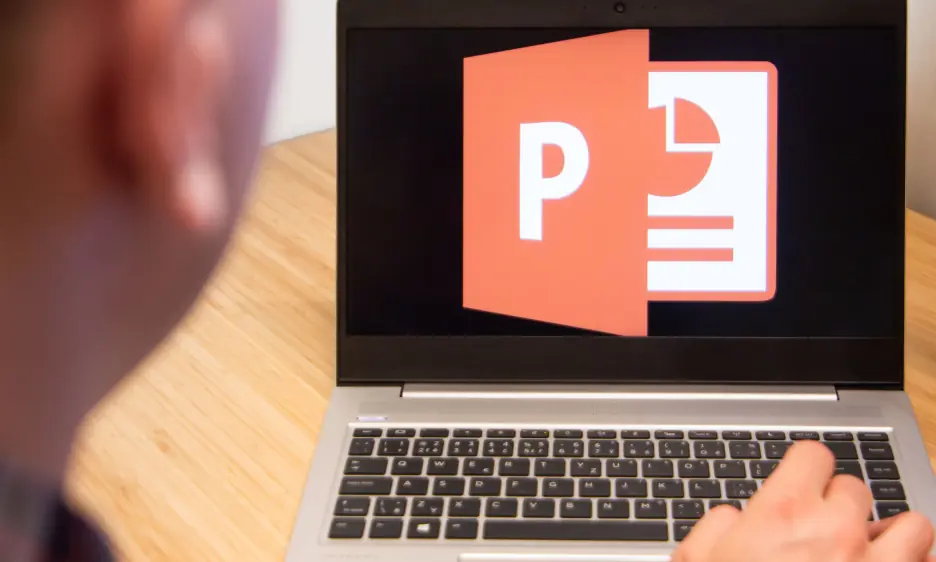Educational events such as conferences, seminars, and symposiums have long been the backbone of academic exchange and intellectual growth. These gatherings create a unique space for sharing insights, innovations, and research. In today’s digital and experience-driven world, event production plays a crucial role in shaping the success and impact of these academic occasions. It’s no longer just about gathering people in a hall; it’s about curating an atmosphere that inspires learning and collaboration.
Creating the Right Learning Environment
The success of an educational event begins with setting the right tone. A well-executed event production strategy ensures that the venue design, lighting, sound, and visuals align with the learning objectives. From the layout of seating to the placement of digital screens, every detail contributes to how attendees absorb information. Modern production techniques help transform traditional lecture-style sessions into immersive experiences, keeping participants engaged and focused.
Whether it’s a university symposium or a corporate training seminar, creating a learning-friendly environment means combining functionality with inspiration. High-quality visuals, crisp sound systems, and thoughtfully designed spaces all encourage focus, discussion, and connection among participants.
Enhancing Engagement Through Technology
Technology has redefined the way educational conferences and seminars are conducted. Event production integrates tools such as live streaming, hybrid setups, and interactive digital platforms to ensure that learning transcends physical boundaries. Participants can join remotely, engage in real-time discussions, and access recorded content long after the event concludes.
This digital inclusion not only widens reach but also enhances accessibility for global audiences. Features like real-time polls, Q&A sessions, and virtual networking rooms promote active participation. These tools turn passive attendees into contributors, ensuring that learning becomes an ongoing, two-way process.
The Importance of Visual and Audio Elements
In education-focused events, attention spans are often tested. Good event production understands this challenge and uses visual storytelling, animations, and multimedia presentations to sustain interest. High-definition projectors, LED walls, and dynamic lighting create visually appealing experiences that keep minds alert and receptive.
Similarly, audio design plays an equally vital role. Clear sound ensures that no valuable insight is lost, whether during keynote speeches or breakout sessions. Every microphone placement, background score, and sound effect adds to the flow and clarity of the learning experience.
Supporting Speakers and Facilitators
Behind every successful educational conference is a production team that supports its speakers. Event production ensures presenters have everything they need—technical support, confidence monitors, teleprompters, or remote controls—to deliver their message seamlessly.
A speaker’s impact often depends on how effectively they can engage with their audience. Through well-managed stage lighting, camera angles, and timing, the production team enhances delivery and professionalism. This results in sessions that not only inform but also inspire.
Managing Flow and Coordination
An educational event involves multiple sessions, panel discussions, and workshops running simultaneously. Coordinating these seamlessly is no small feat. Event production teams act as the backbone of this orchestration, ensuring that transitions are smooth, timings are respected, and every element runs according to schedule.
This coordination extends to behind-the-scenes operations—cueing speakers, managing visual transitions, and ensuring that technical systems remain reliable throughout. When managed efficiently, this invisible structure allows attendees to focus entirely on learning without distractions or disruptions.
Designing Memorable Experiences
Beyond knowledge exchange, modern educational events also aim to create emotional impact. The production design sets the mood through décor, lighting, and thematic visuals that align with the event’s purpose. For instance, a seminar on sustainability might feature eco-friendly stage materials and natural lighting tones to subtly reinforce the theme.
Event production also curates moments of inspiration—such as highlight reels, opening sequences, or music-backed recaps—that make the event memorable. These sensory elements help transform a typical academic session into a meaningful experience that resonates with attendees long after it ends.
Conclusion
Educational conferences and seminars are more than platforms for sharing ideas—they are opportunities to inspire, challenge, and connect. Event production ensures these goals are realised through creativity, precision, and technical expertise. It transforms learning spaces into interactive environments where ideas come alive and minds are truly shaped.
As education continues to evolve, so too will the art of event production—bridging the gap between information and inspiration, and ensuring that every seminar, lecture, or workshop becomes a transformative experience.





